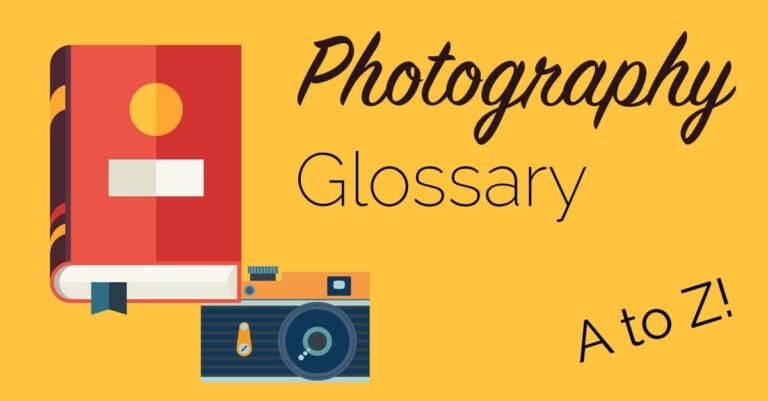Low Pass Filter
What Is a Low Pass Filter and How Is It Used in Photography? A low pass filter, also known as an ‘anti-aliasing’ filter or a ‘blur filter’ is a filter used by camera manufacturers to combat the effects of moiré in photographs. Moiré is caused when a a scene contains closely spaced repeating patterns, camera manufacturers combat this phenomenon by limiting the amount of light that is allowed into the camera, thus reducing the detail recorded in the resulting photograph. A low pass filter allows low frequencies of light to enter the camera, whilst limiting the amount of high frequency …

